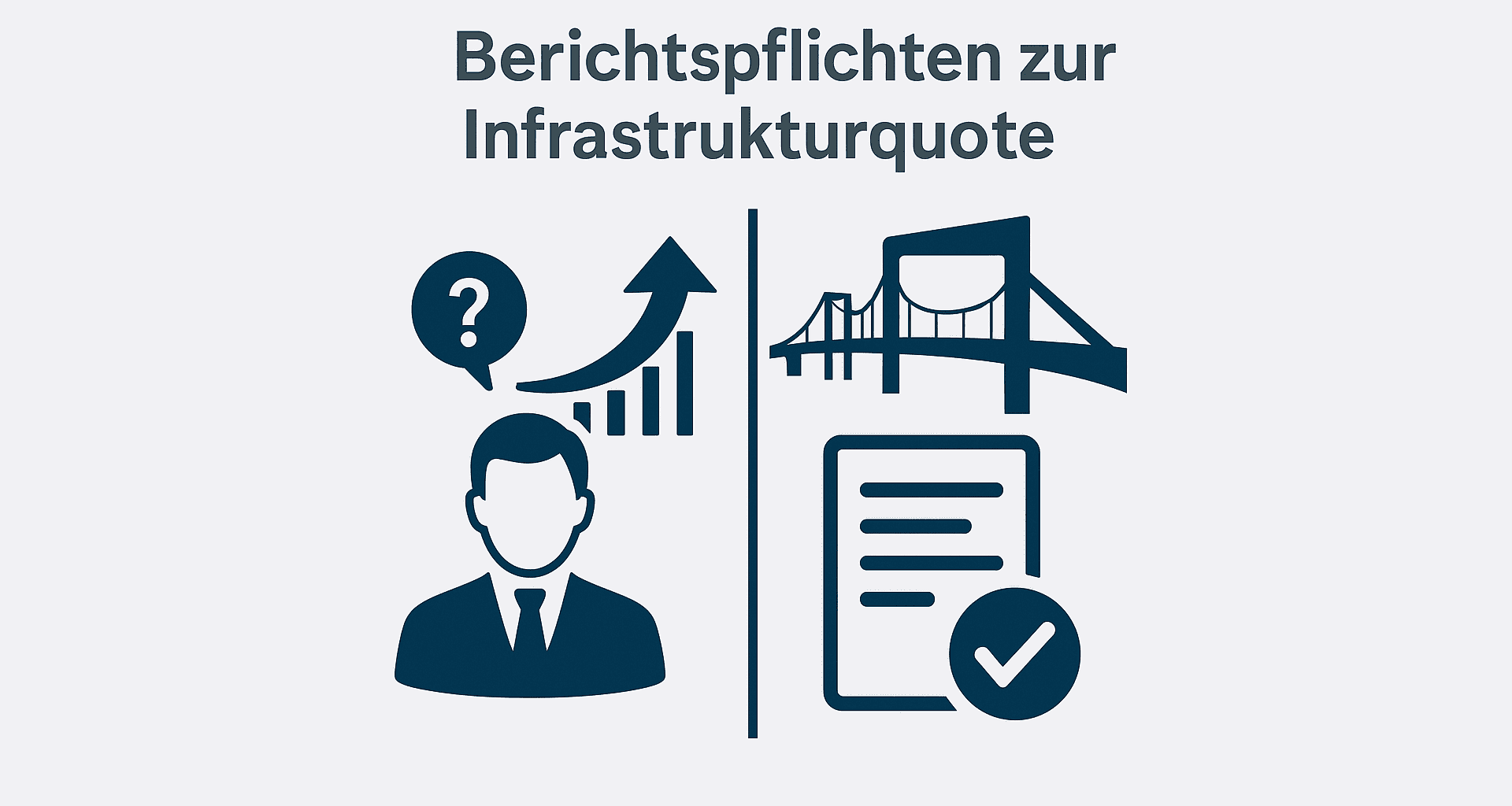
With the implementation of CRR III on 1 January 2025, credit valuation adjustment (CVA) risk will become a greater focus for banking supervision. For asset management companies that manage specialty AIFs using derivatives, this poses a separate challenge. They not only have to provide CVA-relevant data for CRR investors, but increasingly also calculate CVA risks themselves – even if the derivatives are not held directly in the fund but at the investment level or are only used for hedging purposes.
1. New requirements for CVA calculation under CRR III
The CVA risk (Credit Valuation Adjustment) describes the risk that the market value of a derivative will change due to the change in the credit rating of the counterparty. It is an adjustment of the valuation approach that takes into account the potential losses from a possible default of the counterparty. Historically, CVA risk was first introduced as an independent risk position with CRR I (Capital Requirements Regulation) in 2013. CRR II brought an initial further development in 2019, in particular through the introduction of the SA-CCR for the calculation of counterparty risks. With CRR III, CVA risk is now considered in much more detail and in a more differentiated way, in particular through the introduction of the BA-CVA and SA-CVA as well as the separation into systematic and idiosyncratic risk.
Systematic CVA risk refers to market-wide changes in credit spreads, for example due to macroeconomic shocks. It affects all counterparties at the same time and is difficult to diversify. Idiosyncratic CVA risk, on the other hand, concerns individual changes in the creditworthiness of individual counterparties, e.g. due to rating migrations or company-specific events. Both components must be evaluated separately and – if possible – reduced by appropriate hedging measures. For KVG, this means that it must not only provide transaction data, but also counterparty-specific risk parameters and carry out CVA calculations independently – even for indirect derivative positions at the level of special purpose vehicles or investments.
2. Reporting obligations regarding CVA risk
Data is usually provided by KVG via templates from WM-Datenservice, which have been specially adapted for fund structures.
In more specific cases, however, self-designed data formats are also used, e.g. a separate CVA report, which contains the parameters for derivation in addition to the results of the calculation. In this way, the calculation made by the KVG can be transparently traced.
KVG thus becomes the central data supplier and computing authority for the regulatory CVA determination of the investor – without being subject to CRR itself. Unfortunately, the corresponding submission of WM data services does not yet provide for reporting the idiosyncratic and systematic CVA risk. At this point, you have to help the KVGs yourself (as of now) and transport the data in an individual way.
3. Hedging or speculation? Derivatives in the field of tension of CVA regulation
Derivatives can basically fulfil two different functions in investment funds. On the one hand for hedging purposes and on the other hand in speculative use (in so-called trading or alpha strategies). For hedging purposes, derivatives are used to reduce risk. Typical examples are:
- interest rate swaps to hedge long-term financing;
- currency forwards to hedge foreign currency risks in the case of international holdings;
- Inflation swaps to stabilize cash flows in infrastructure projects.
These transactions are usually long-term, bilateral and conservatively structured. They do not pursue a performance purpose, but are intended to neutralize risks from the underlying business. Derivatives are held for hedging purposes, especially in special funds with real assets. Derivatives are used speculatively to exploit market opportunities in a targeted manner or to generate return contributions. Examples here would be:
- derivatives on yield curves or credit spreads with no underlying exposure;
- derivatives to leverage positions;
- Strategies with a high turnover frequency or complex structures.
This use is associated with higher risk and can lead to significant market and counterparty risks.
CRR III does not explicitly distinguish between hedging and speculative derivatives in the application of the CVA requirements. Both types of use are subject to the same calculation and reporting obligations – regardless of whether the derivative is used to reduce risk or to increase returns. This leads to a regulatory paradox:
A conservative special fund with a single interest rate swap for hedging must provide the same CVA data as a fund with an active derivatives trading strategy – although the risk profile is completely different.
4. Purpose of supervision vs. operating expenses
The objective of supervision is understandable. CVA risks should be mapped realistically and risk-sensitively. Especially in times of stress, spread changes can have a significant impact on the valuation of derivatives. The new methodology increases transparency and comparability between institutions. For KVG, however, this means 3 shortcomings in particular
- Additional technical effort: Derivatives accounting must be supplemented with risk data;
- Organizational complexity: coordination with custodians, data suppliers and investors;
- Regulatory proximity: Although not itself subject to CRR, the KVG will become part of the supervisory infrastructure, which can also be audited.
Especially in the case of real asset funds with few, conservative derivatives, the effort seems disproportionate. The data is often not available in a standardised way, and the modelling options at fund level are limited.
5. Conclusion: Maintain proportionality
The new CVA classification under CRR III makes sense from a financial stability perspective. It pursues the goal of a risk-sensitive and transparent mapping of counterparty risks in the derivatives business. For systemically important institutions with extensive trading books, this is a sensible step. For AIFMs with special AIFs, however, it represents a considerable operational burden – without the actual risk knowledge gain always being proportionate. A differentiated regulatory treatment would therefore be appropriate and would better comply with the principle of proportionality. Possible approaches would be:
- facilitations or exemptions for clearly documented hedging derivatives;
- Flat-rate CVA risk weights for standardised hedging transactions;
- Evidence-based differentiation, e.g. through hedging documentation or position reconciliation with hedged items.
Otherwise, such regulations could ensure that actually sensible measures to protect the plants become pointless in view of the effort involved.

























